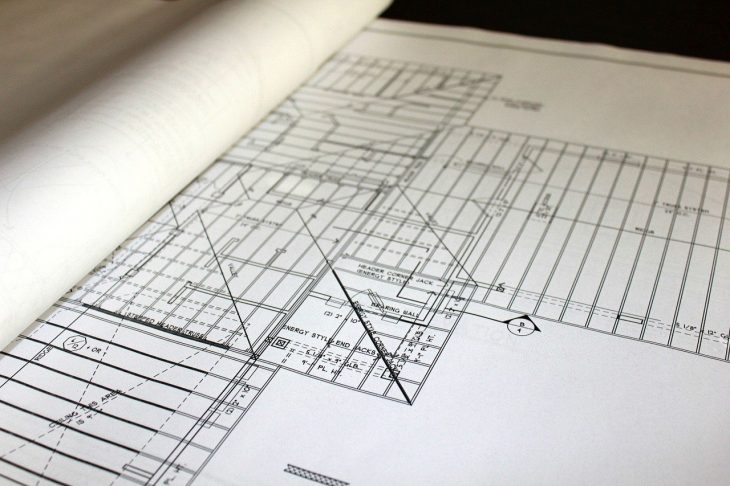Whether you’re a past master or a novice, it’s good to be conscious of common web design mistakes.
Better still if you know how to avoid making them altogether.
5 Common Web Design Mistakes and What To Do About Them
Web design is more complex than ever. More and more people around the world are computer-literate. But that doesn’t mean that websites ought to be trickier to grasp.
Let’s look at 5 common web design mistakes and how to avoid them.
1. Long Load Times
Long load times result in high bounce rates. In other words, visitors don’t want to wait while complicated graphics load; they can go find what they need from a competitor with a simpler interface.
To fix this, optimize the images on your homepage. Update to newer versions of plugins and themes. And when all else fails, just flat out simplify your site design.
WordPress hosting can be a good option here: Sometimes building on a successful template will stand you in good stead to avoid mistakes you’d make if left to your own devices. Doing so can result in, in the words of website development manager Nexcess, a “faster, more secure and scalable website.”
2. Lack of Clarity
You want your interface to be intuitive. But you also want to be sure visitors are doing other things while on your website — signing up for email notices, buying this or that, etc. You may discover that, despite generally robust traffic, they aren’t doing any of that.
Make sure you have clear calls to action throughout your site. This turns someone who is merely a visitor into a customer or follower, a process known as “conversion marketing.”
3. Website Isn’t Mobile-Friendly
Nearly everyone has a smartphone, and everyone uses them to surf the web. But some websites that look fine on a laptop don’t compress intelligently when accessed via mobile phone.
It isn’t uncommon for graphics to be hidden or to load more slowly via mobile. And forget about intuitive interfacing: Functions can distort to the point that users can’t easily access them. And so they won’t. They’ll just leave.
Design with scalability in mind. Offer bare-bones mobile views of your site.
Also Read: KNOW WHAT IS BLOGGER OUTREACH?
4. Poor SEO
SEO is a tricky field. Search engines change their algorithms constantly without clarifying to the general public exactly what they’ve started doing differently. And unfortunately, if you’re not purchasing TV commercials, you rely solely on search engine results to drive traffic to your page.
With that in mind, you need to optimize your page’s search engine capabilities. Frighteningly, you really do need to appear on the first page of a Google search; user interest drops off precipitately after that.
Analyze what visitors are doing on your site. Consider market trends, competitors’ methods, and what, exactly, you want to emphasize about your site.
5. General Sloppiness
Make sure spelling, grammar, and factual information are correct throughout your site. People tend to take people who make these mistakes less seriously, fairly or not.
This is sort of the copy version of the design element: It looks unappealing and can repel potential customers if you, say, list incorrect business hours, spell managers’ names wrong, etc.
Fix this by spot-checking everything very, very carefully. Hire a proofreader if necessary.
Make No Mistake
Everybody makes mistakes, but you’re not everybody; you’re Somebody, and you can back that up if you have to by showing everyone your mistake-free website.

















You must be logged in to post a comment.